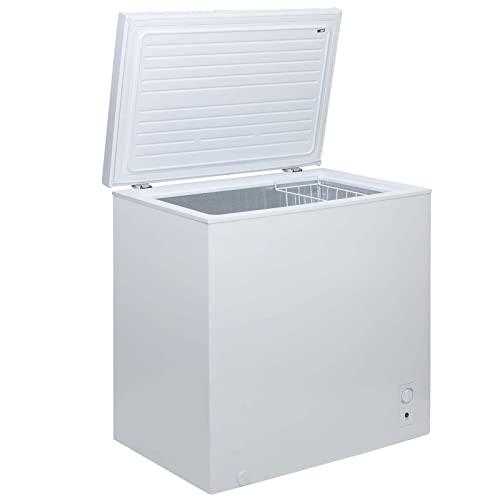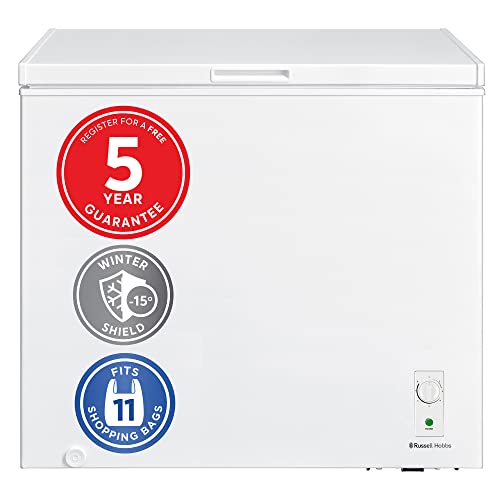Why You Should Forget About Improving Your Fridge Larder
페이지 정보
작성자Fausto 댓글댓글 0건 조회조회 50회 작성일 24-02-18 19:14본문
 Tips For Organizing Your Fridge Larder
Tips For Organizing Your Fridge LarderA fridge's larder is the ideal location to store food items that are no longer in use. You can also use a smaller refrigerator and reduce your energy costs!
 It's a great location to store items such hard cheeses, breads and eggs. Fresh herbs are another option which benefit from low humidity.
It's a great location to store items such hard cheeses, breads and eggs. Fresh herbs are another option which benefit from low humidity.Keep It Organized
A fridge larder helps reduce food waste and helps you find items when cooking. The refrigerator, just like any other space in your home, can become cluttered and out of hand. Here are some suggestions to ensure that your refrigerator runs smoothly and organized.
Take Inventory
Holly Blakey, an organizer at Breathing room The Breathing room believes that taking inventory is the most important step in organizing your fridge. "Take everything out, verify expiration dates, and wash the surfaces." Throw away expired food, throw or freeze leftovers, and get rid of anything that won't be eaten before it spoils.
When you stock up your fridge, ensure that the items you use most often used are placed front and in the middle, Blakey advises. Then, you can put away the items that aren't used in the back and bottom of your fridge.
Organize Your Freezer
If you have a freezer in your chest put it in order with clear storage bins that will make it easier to locate food items. Label each bin clearly and group similar items together. For instance, you could store a bin for condiments, another one for sodas and one for cheese sticks. You can also make use of a lazy Susan for condiments and other commonly used items to prevent them from being lost in the back of your.
Store food items that require coldest temperatures at the rear of a side by side fridge, and food items that require warmer temperatures towards the front. The lower shelf is great for milk, yogurt cream, butter and cream (it will not melt). The crisper drawers are ideal for spilled food items.
Drawer dividers make your fridge more functional and are easy to put in. They'll stop your fruits and veggies from getting lost in. This will prevent the food from spoiling. They'll also keep your drawers neat and tidy. To extend the life of tender herbs, keep them in water. Mason jars filled with one inch of liquid are ideal for. You can also purchase an herb preserver to keep in your refrigerator.
Keep it visible
Keep your fridge well organized to help you select healthy meals and remain satisfied throughout the day. Make sure that all your lids and food containers are clear so you can see what's inside. This will also let you know how many days remain on the expiration dates, and also prevent you from conserving food that has expired.
Start your fridge larder off with a thorough cleaning by scrubbing the shelves, drawers and racks with warm water and dish soap. Give your fridge an excellent clean to rid of any gross crumbs and spills that might have accumulated over time.
After everything is dry and clean It's time to replenish your refrigerator. Start by putting your deli meats and cheeses in the drawer. Then move to the produce drawer, which should be reserved for leafy greens as they tend to fade quickly. Keep it filled to three-fourths for the best freshness.
You can store bulky items in the pantry drawers of some refrigerators, such as tray sets for parties and large bags of frozen veggies. You can also use this space to store condiments such as mayonnaise, mustard and ketchup, as well as nut butters and other canned goods. Do not store any milk in this area however, as it may be spoiled quickly due to the fluctuating temperatures within the fridge door.
The back of your refrigerator should be reserved for salad dressings, condiments and other jarred food items that last for longer. Use a riser to elevate jars, so they are easier to read. This will prevent you from having to open and close the lid a few times, which will prolong the shelf life of your condiments.
Label each bin with a marker, or stickers that can be easily read. This will make it easy for your family to identify the contents of each bin and to find the items you require. Labeled bins are a great method of reducing the clutter in your fridge and reducing the amount of plastic waste you generate.
Keep Cool
A good fridge larder will keep food items at the correct temperature to avoid spoilage and also slow down the growth of bacteria. Larders can be built into existing cabinets or stand on their own. They are typically located on the north-facing side of the house to limit the sun's exposure. They could also be equipped with additional insulation or freezer ventilation to keep heat from getting into the food storage area. They have thicker walls, fewer windows and are usually situated on the north-facing side of your house to reduce heat transfer.
The larder should contain a drawer for each type of food item, including meat and vegetables. Each drawer can be programmed to maintain the proper temperature. This will ensure that the burgers and chicken are cooked to perfection, and the salad greens will not get too wilted. A drawer for the larder can be set to a low-humidity setting for vegetables and fruits which release lots of moisture, such as cucumbers or tomatoes.
Other drawers in the refrigerator can hold items like cheese -- fresh, cream and hard -- wrapped in paper or greaseproof or clingfilm so that you can preserve it for a longer time. Drinks, non-perishable condiments like ketchup, water and eggs can also be kept in the refrigerator door. Milk shouldn't be stored in the doors of the fridge however, as these shelves tend to be warmer and more unstable than other drawers.
To create a more streamlined appearance, you can organize small containers to make them more visible. This is helpful for family members who are on the move and require food. Labeling bins and shelving to show what should be eaten first can also be helpful, particularly in the case of family members who aren't used to reading labels!
Larders are also a great place to keep leftovers. You can also store them in a variety of plastic and glass containers that are safe for food preparation. They are ideal for smaller amounts of ingredients. Preparing these for quick meals is a great way to save time and money when shopping. And if you have a neat and tidy fridge, with space specifically designated for storage of these, it will be much easier to keep on top of your food budget!
Keep it fresh
The best fridge organization tips reduce food waste by ensuring your healthy food items last longer. A few smart strategies will keep your fresh food items at the correct temperature and allow you to see what's in your fridge.
Crisper drawers are included in the majority of refrigerators. They alter airflow and increase humidity, which can extend the shelf life of vegetables and fruits. However, it's crucial to use them in a proper manner. Mixing greens and fruit can cause the former, such as the greens to wilt or spoil prematurely due to the ethylene produced. It is also crucial to separate produce types and place them in the correct drawers.
Door shelves are often the most warm part of the fridge and should be reserved for foods that don't require a colder temperature or storage conditions that are special, such as jars of jam, chutneys salad dressings, and long-life juices (anything that is bought in bulk with the same use-by date). The top shelf is great for drinks that can be stored upright and without spilling, like water and milk.
Refrigerator drawers can be difficult to keep sorted with things rolling around and getting jumbled together There are simple tips to help. Set up a refrigerator freezer with drawer separators. This will keep your food items separate and stop them from squishing together. It is also beneficial. Store produce of similar heights together. Don't place items that aren’t the same height in the same drawer.
A thermometer is an additional must-have for your fridge larder. It's a cheap, easy-to-use tool that will ensure the refrigerator is at the ideal temperature to keep your food in the best condition and is freshest.
Keep a supply in your refrigerator of plastic bags for storing produce without containers. The bag's moisture prevents vegetables from rotting. And for herbs that would typically wilt in a matter of days, a simple trick to keep them fresher for longer is to wash them and place them in a glass of water which is as effective in retaining moisture as a plastic bag.
댓글목록
등록된 댓글이 없습니다.
